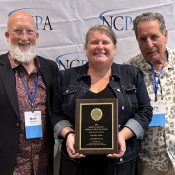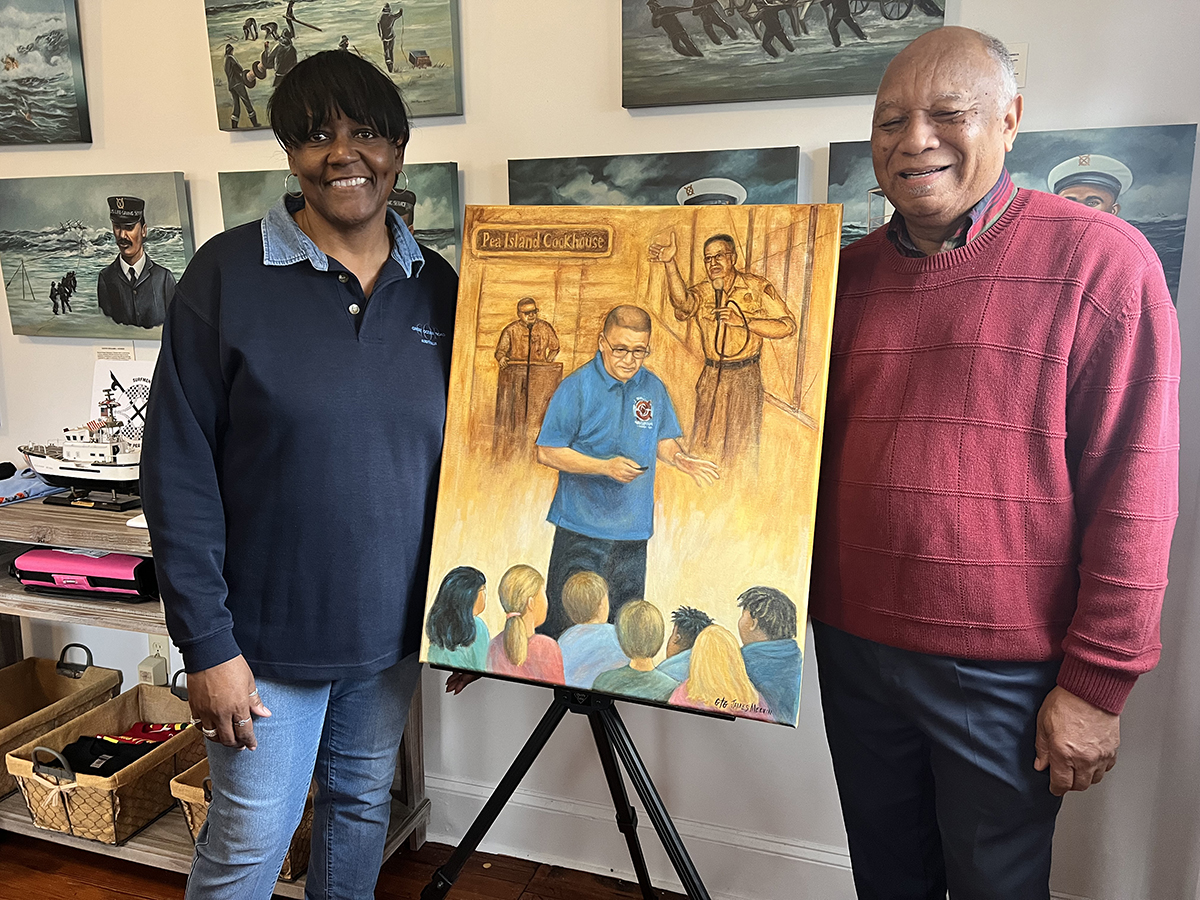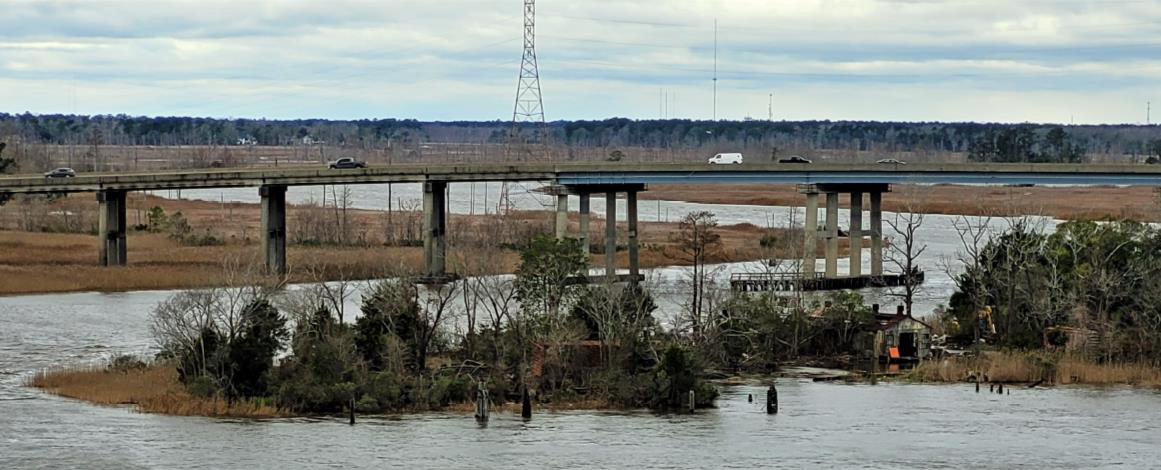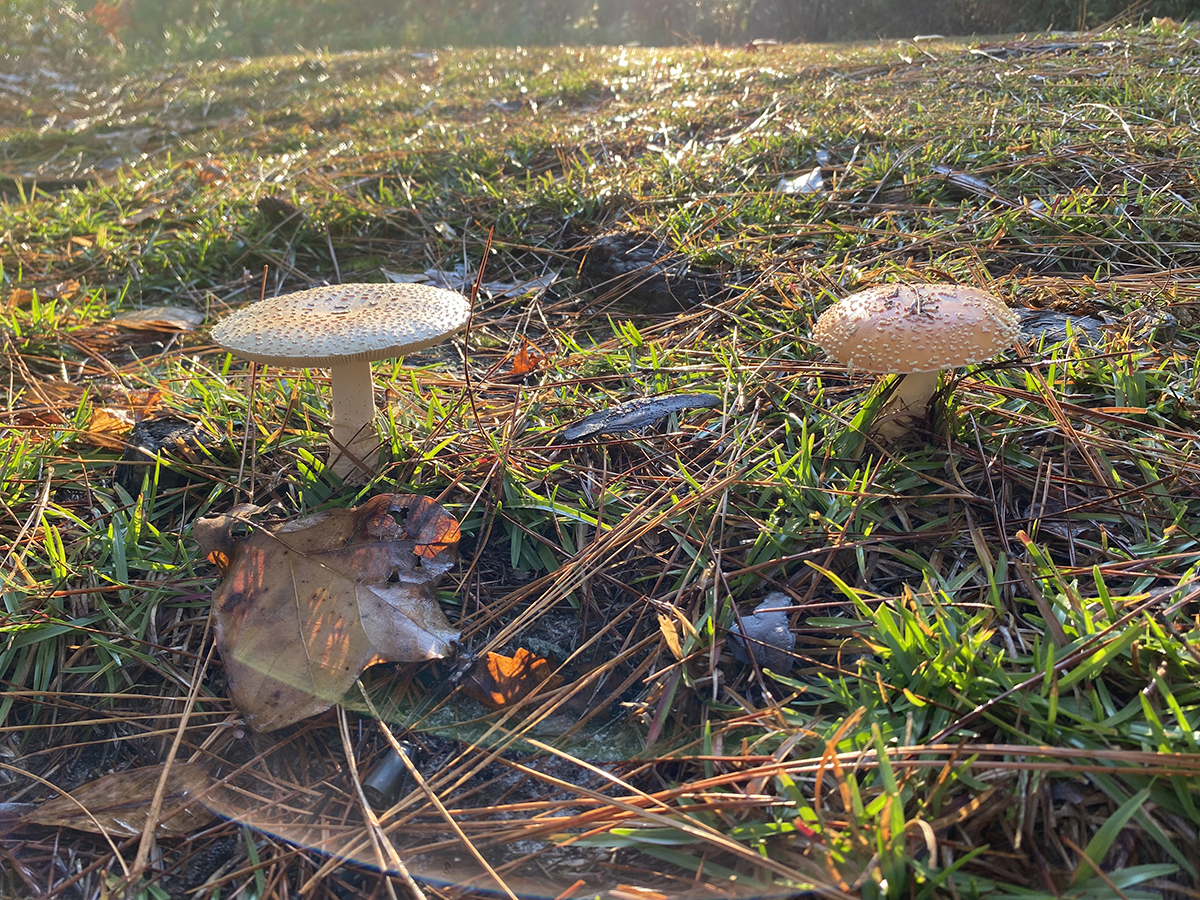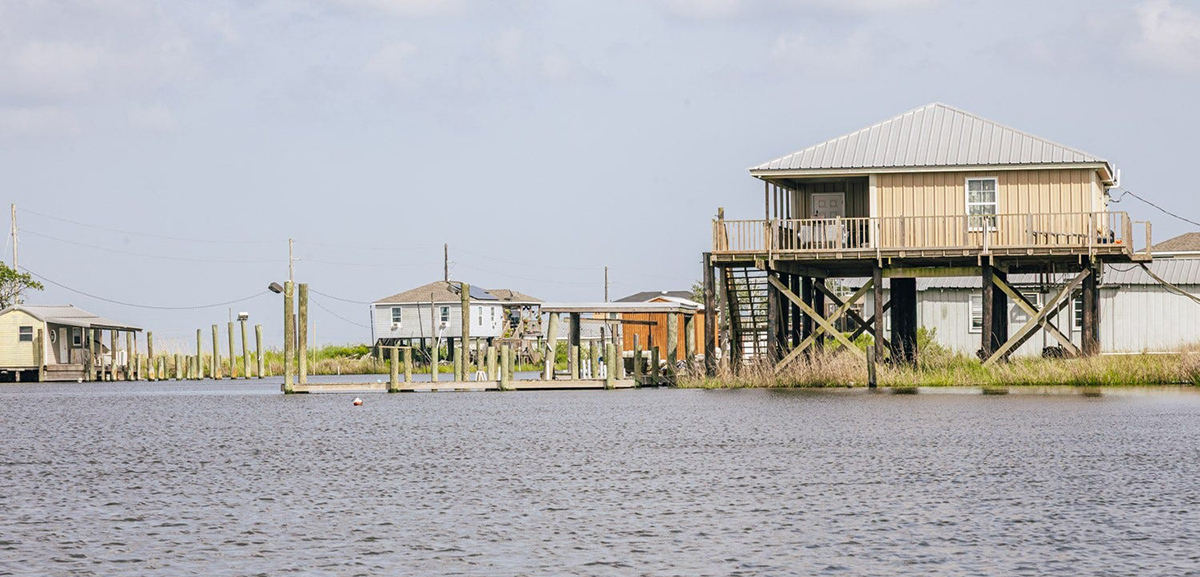
Third and final in a series on a recent visit to Louisiana’s bayous, a trip sponsored by the Nicholas School of the Environment at Duke University, to start a conversation between people there who are being flooded out and those in the Down East communities of Carteret County who face similar threats.
GRAND BAYOU VILLAGE, La. – Home is where we feel we belong. Its mystic cords connect us to everything we know and cherish – our family, our friends, our culture, our past. Its hold on us is so complete that we must fight to save it, even as the water rises around our ankles.
Supporter Spotlight
Maybe, in the end, that’s the simple, but profound, lesson in all this.
A group of North Carolinians had gone to the battered bayous of southern Louisiana to connect with those at the edge of the climate crisis. We found resilient people who have withstood numerous storms and the constant flooding that comes with living at ground zero for rising seas. We found a natural world that is changing so rapidly and so dramatically that those who live there barely recognize it anymore. We had hoped to return better prepared for what’s coming because our state’s uniformly flat coastal plain will be one of most-threatened landscapes in America.
The scientists, as they did there in Louisiana, will almost certainly advise us to surrender to the impending flood. But it’s never that simple. Like the survivors of the bayous, we will try to adapt, pick up the pieces and soldier on, many to the bitter end. This is home, after all, and retreat isn’t an option.
“Leaving would be almost like death,” said Rosina Philippe, before we boarded the small skiffs for the short trip to her village in the bayou. We can reach it only by boat. “For us, home is more than the building you live in.”
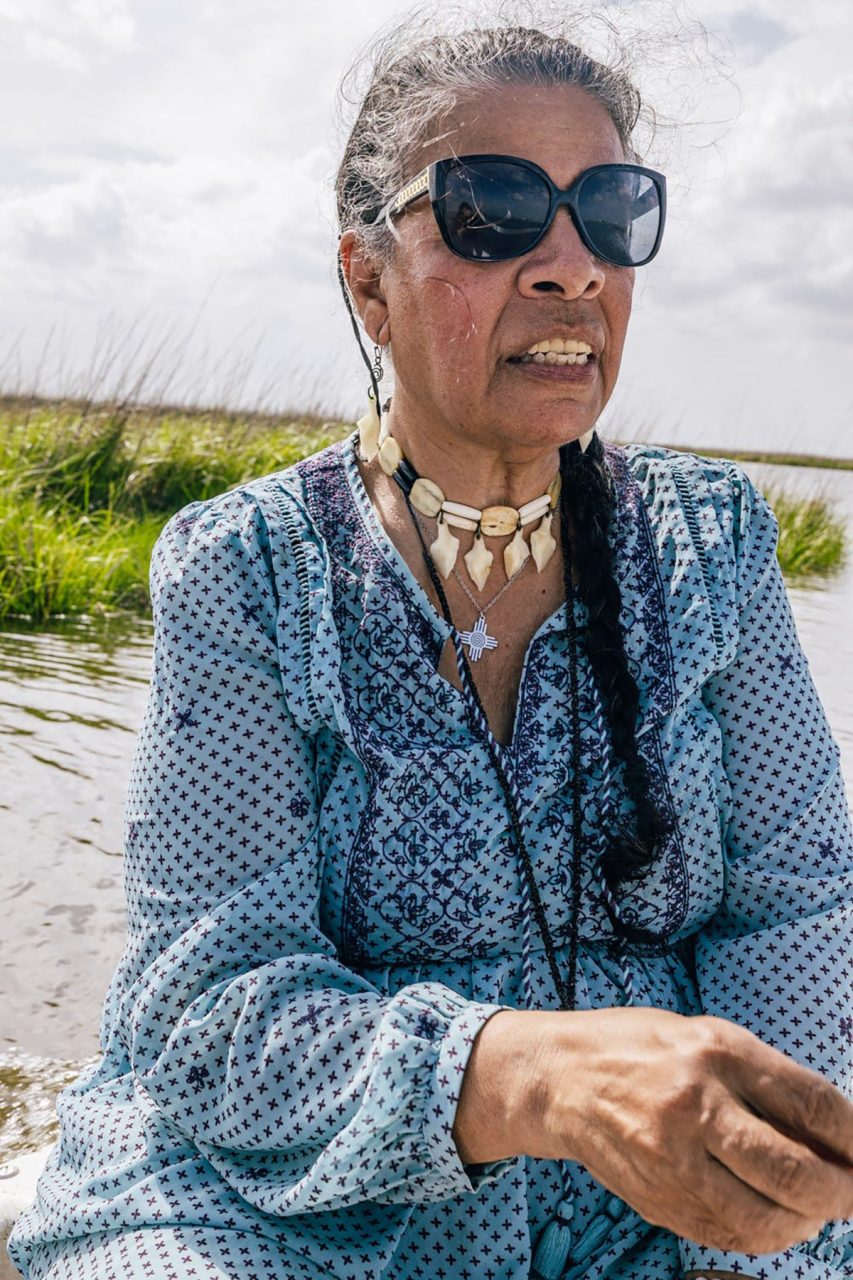
Philippe is an elder in the Atakapa-Ishak/Chawasha Tribe, one of the several small Native American groups we visited. They fled from Andrew Jackson in the 1830s and sought refuge along the remote, watery fringes of the continent. Her people settled here in south Plaquemines Parish, close to where the Mississippi River empties into the Gulf of Mexico. Here, they fished; they farmed; they survived.
Supporter Spotlight
But, then, the water started rising. Slowly, at first. Then, more rapidly. Now, acres of marsh disappear in what seems like a blink of an eye. (See a previous story for the reasons.)
The small squadron of skiffs glided through Grandpa Bayou to what remains of Grand Bayou Village. Fourteen houses, perched on wooden stilts pounded into small plots of squishy land, dotted the water. No road connects them. “When I was a girl, there were forests as far as you can see,” Philippe said, as she scanned the open waters of the Gulf. “You could walk for miles without boots on your feet.”
Her grandparents told of a time, back in the 1940s, when almost 1,000 tribal members lived in hundreds of houses that lined the high ground of the bayou for more than five miles. Each had a proper yard with enough land to raise goats and plant peach orchards. The surrounding waters provided their bounty of fish, shrimp, crabs and oysters. Now, the 50 or so remaining residents must plant portable gardens in canoes and small boats. They try to protect their burial grounds and other sacred sites with reefs made from oyster shells recycled from New Orleans restaurants, 40 miles away.
Most of the tribe’s 800 members have left, but those who remained, including Philippe and her brother Maurice, intend to stay. She already has a solution for when dry land completely disappears. She’ll live on a houseboat moored to her sunken home.
“Everything you see around us is in our DNA. We’re part of the land, the air, the water.” Philippe explained. “If you leave, you become someone else. You are no longer the same person. No longer the same people.”
A Homecoming
In Ironton, 20 miles to the north on Louisiana Highway 23, the Rev. Haywood Johnson Jr. is trying to bring his flock home after a series of devastating hurricanes scattered it to the wind. Most are descendants of the slaves who founded the settlement soon after emancipation, making Ironton one of the oldest Black communities in the state.
Being Black and poor in the Deep South during the reign of Jim Crow meant nothing was ever easy. Life was particularly onerous in Plaquemines Parish, where Leander Perez ruled with an iron fist for more than 40 years during the mid-20th century. The Democratic Party boss, district attorney and head of the parish commission was a racist and an avowed segregationist in the old Dixiecrat mold. He cared nothing for the Black residents of the parish and made sure they were last in line for everything – voting rights, equal schooling, sewerage, even running water. The parish didn’t lay water lines to Ironton until 1980 and then only after “60 Minutes” made a big deal of it.
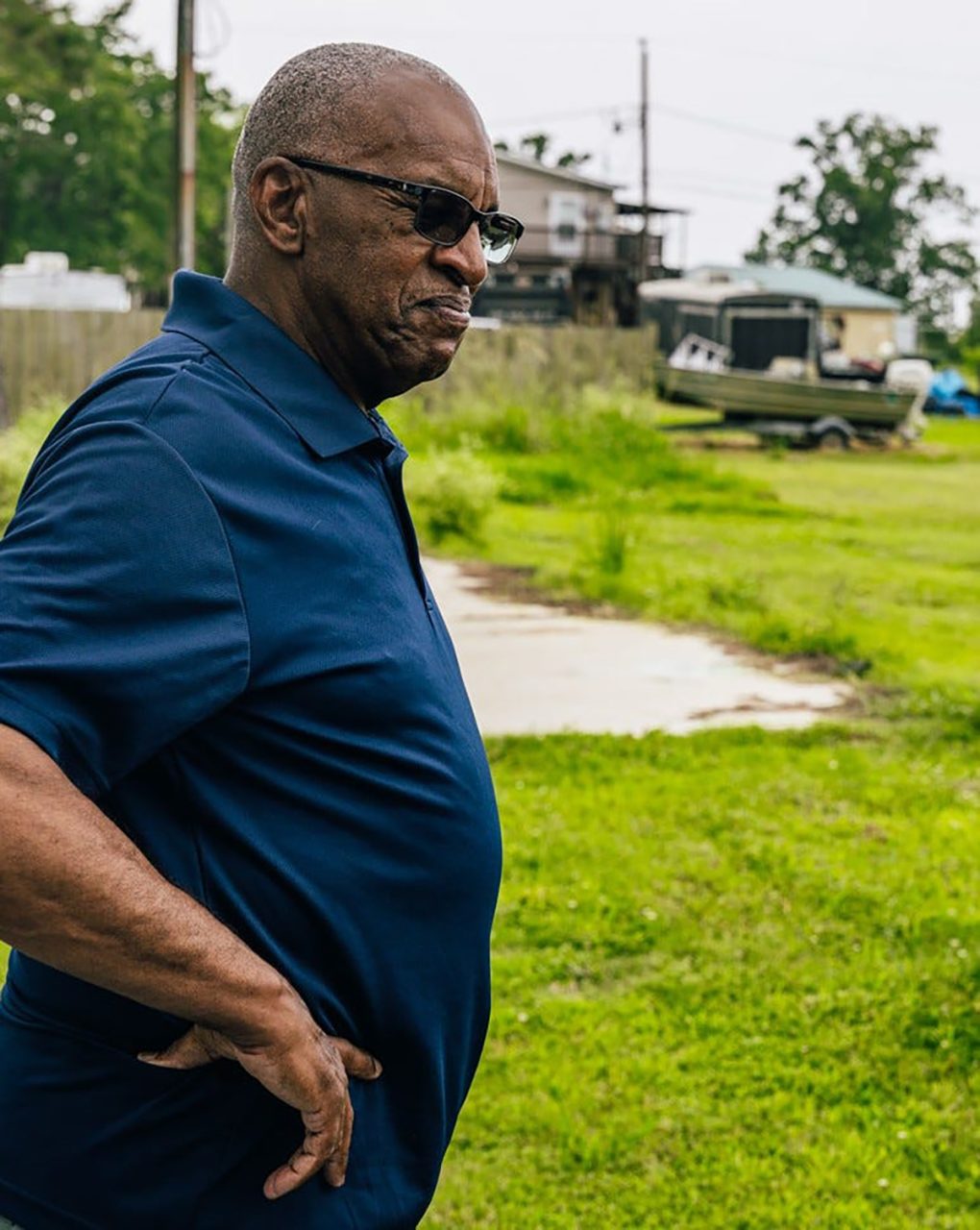
The same was true of flood protection. Ironton was excluded from the massive federal levee that Congress authorized after Hurricane Katrina inundated much of southern Louisiana in 2005. Had the wall been extended 10 miles south, hurricanes Issac in 2012 and Ida nine years later would likely have been less destructive. “Ida was the worst,” Johnson said. “It devastated our community. I had never seen anything like it.”
The eye of the Category 4 storm passed over the Ironton on Aug. 29, 2121, just months after Johnson and his congregation celebrated the 143rd anniversary of their St. Paul Missionary Baptist Church. The hurricane damaged or destroyed every building in the community. Even caskets floated out of their graves.
For the third time in 16 years, Johnson’s church was wrecked. “We weren’t going anywhere,” he said. “We were going to come back and rebuild because this is our heritage. This is our identity. If you lose that, you cease to exist.”
It took four years, but Johnson was notified just before our visit in June that the Federal Emergency Management Agency had finally approved money to raise and rebuild the church. He hopes the reopening will reunite his congregation. “Many left after Ida,” he said. “Their hearts had been broken.”
He promised to invite us to the first Homecoming.
Staying Home
The bright orange globe of the setting sun was dipping into Terrebonne Bay when we came upon brothers Dominic and Levis Dardar sitting on a dilapidated dock sipping beers and admiring the sunset. They are the last members of their tribe living on their ancestral island.
The Isle de Jean Charles Band of Biloxi-Chitimacha-Choctaw Indians have lived on a narrow ridge of high ground in the marsh in Terrebonne Parish for more than 170 years. Until the asphalt road was built in 1953, boats were the only reliable way to get home. Island Road today is often impassable because of high winds and tides. But few people use it now.
The amount of land that has been lost here is staggering, from 22,000 acres in 1955 to about 300 acres today. With the land went the people. Several hundred tribal members once lived in 60 or so homes. By the early 2000s, only 25 families remained on the island.
Chief Albert Naquin then began his tireless efforts to relocate the entire community to save the tribe’s culture and traditions. It took almost two decades, but the federal government In 2016 gave Louisiana $48 million to voluntarily move island residents to higher ground. It was the first federally funded climate migration program in the US.
The country’s relationship with its native peoples has been marked by disappointment and betrayal, and this deal was no different. Naquin had hoped that all his people would be reunited in one place, but only tribal members who left Isle de Jean Charles after 2012 were offered money to move. They could choose to live in a new, planned community, The New Isle, 40 miles to the north, or anywhere else in the state that was safe from flooding. Homes in the new community would eventually be available to anyone. “The plan was to reunite the tribe, and now it’s going to be destroyed,” a heart-broken Naquin told the Los Angeles Times in 2019. “Instead of fixing it, I broke it.”
Chris Brunet took the offer and left the island for the new community. “I can’t smell the water,” he told the BBC last year. “I can’t smell it, I can’t see it, I can’t sense it. And I miss it.”
As it dipped below the horizon that night, the sun cast its orange glow on the water, and the breeze carried a faint scent of the sea. “This is home,” Dominic told us. “I was born here, and this is where I will die.”


